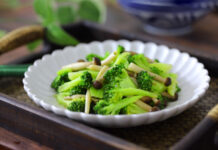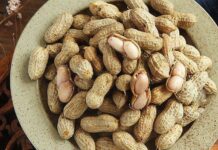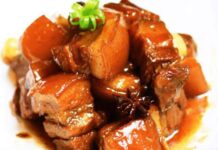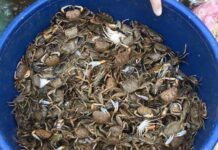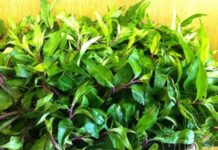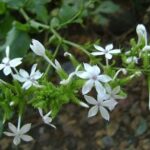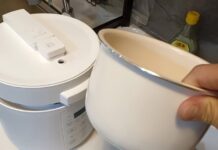Snakes are reptiles that strike fear into many. They are fast-moving, agile, and adept at hiding in various areas such as nooks and crannies in homes, dark and cool spots, or even under beds. This poses a significant danger to humans, especially when encountering venomous species.
According to folk wisdom, certain plants can attract snakes. These reptiles are often drawn to areas where these plants are present, using them as hiding spots, habitats, or hunting grounds for prey and food.
6 Plants That Attract Snakes
- Bạch Hoa Xà Thiệt Thảo
Commonly known as xà thiệt thảo, bồi ngòi bò, xà châm thảo, or cỏ lưỡi rắn trắng, this plant is a wild weed that often grows along roadsides and in damp places. It grows year-round in cool areas, and locals believe that snakes often take refuge in places where this plant is found.

- Bạch Hoa Xà
This plant is also known as bạch tuyết hoa, cây lá đinh, and đuôi công hoa trắng. Bạch Hoa Xà thrives in cool, damp environments and is used medicinally to treat ailments such as gallstones and skin inflammation. It exudes a distinctive fragrance that is believed to attract snakes.
- Purple Sa Nhân
The Purple Sa Nhân tree, when fruiting, attracts various birds, squirrels, and mice due to its sweet-tasting fruit. These creatures, particularly mice, are favored prey for snakes, who are then drawn to the vicinity of the tree in search of an easy meal.
Purple Sa Nhân trees are often found on forest edges, along streams, and in shady, damp areas. Exercising caution when venturing into these habitats is essential, as the presence of this tree may indicate a higher likelihood of encountering snakes.
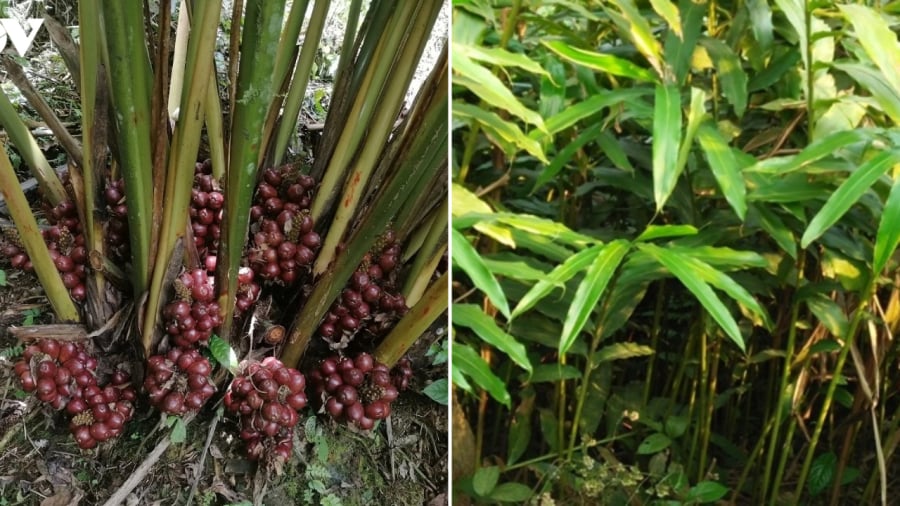
- Dạ Lý Hương
The Dạ Lý Hương flower emits a distinctive fragrance that can be detected from afar, especially at night—hence its name, which translates to “night logic fragrance.” Its scent attracts insects and small animals like mice and frogs, which, in turn, may lure snakes seeking prey.
- Hoa Thiên Lý
The Hoa Thiên Lý vine is beloved for its ornamental value, fragrant flowers, and edible shoots. Often grown in home gardens, on balconies, or rooftops, it can form dense canopies that provide shade and a potential hiding spot for snakes seeking cooler areas. The coloration and shape of the vine also provide an ideal camouflage for certain snake species, making detection challenging.
- Bamboo and Reed
Bamboo and reed were traditionally grown as hedges or fences, but they are now also popular for decorative purposes. However, when these plants become overly dense, they can attract mice and snakes seeking prey or shelter. To mitigate this, it is essential to regularly prune and clear away fallen leaves to reduce potential hiding spots for these unwanted visitors.
Tips to Keep Your Home Snake-Free
Maintain a clean and tidy home, paying particular attention to areas where snakes may hide or seek refuge. Clear away overgrown bushes and weeds around your property to reduce potential habitats for snakes and their prey. Seal any holes or crevices in walls, floors, and ceilings to prevent entry.
Avoid leaving broken pots or standing water in your garden or outdoors, as these can serve as breeding grounds for mosquitoes and a water source for snakes, which require moisture to survive. Keep your surroundings free of clutter to minimize potential hiding spots for snakes.
If you discover any snake holes or shed skins in your garden or yard, inform your household members to raise awareness and encourage caution when spending time outdoors.











